Lol sorrry!

what would your dream camera be? Im guessing you may already own it though

I do—and it is in the plural. During film days, for meat I shot with a Nikon F# system, variety of medium-format systems and large format systems. When I got an assignment for street, or photographing potentially dangerous people, I switched to Leica. Once the shift was done, I and every other shooter I knew, carried small, high-quality, compact cameras with fixed lenses. My favorite was the Konica S3 and many of its pictures were published.
My D700 has the meat-camera well covered. It is a superb camera and ultimately versatile. No need for medium and large-format cameras, since stitching is now so easy. It is also large and noisy, completely lacking in stealth like the Leica and Konica. It is heavy, and its lenses being full frame are also heavy. It is great when traveling by vehicle or shooting in a fixed location—but painfully heavy to carry when exploring a city on foot. Excellent follow focus, making it an ideal critter cam. With two lenses I have a range of 8° to 114° covered, plus the use of all my legacy glass from the film era. It is everything I would want in a dSLR.
At the end of the film era, I was planning on dumping my Leica equipment and going with the far more modern Contax G2. With digital arriving about that time, I decided I would wait for a digital G2. Alas, it was not to be for more than a decade. Yes, there were the Leica M8 and M9, but they are boutique cameras for collectors and people with ego problems. In essence 1954 cameras with marginal Kodak sensors with more noise than P&S cameras, no auto-focus, no LiveView, no video and so on. The red dot on the front apparently costs $5,500US. It is 2012, not 1954 and I though I used them for a half-century, I never really liked Leicas.
Now Fuji has built me a G2 and it is in every way a 2012 camera. The X-Pro1 has everything I wanted in the G2, but it also has a new sensor that is a bold step beyond the traditional Bayer mosaic. With a pseudo-random pattern, no low pass filter is needed and with the incredible sharpness of the Fujinon lenses is pretty much in a class by itself. Though the sensor is only half the size, quality is on par with the D700 at any ISO setting. It also has substantial IR capability. With a nearly opaque Hoya R72 IR filter, I can clearly preview the image on the LCD or EVF and use settings that allow hand-holding. The option exists for using just about any 35mm or medium format lens on the camera, though it would be hard to equal the Fujinons. Fuji just announced an M-mount, so my Leica lenses would be usable should I choose to bother with them.
While the body of the D700 alone weighs 995g, the XP1 with the classic photojournalist's trio of primes weighs only 967g total. It is my ideal urban, walkin'-'round, shootin'-stuff camera. Not silent, but quiet. It is what I always wished the Leicas could be. Unlike the Leicas, it is a real pleasure to shoot.
That leaves the Konica S3, and Fuji answered that one as well more than a year ago. If I am outside my apartment, it is in my jacket pocket or in a little pouch. Small, completely silent, non-intrusive and capable of superb image quality. Great for people, street and decisive moment photography. People just go on with their lives, ignoring the little camera, while I chronicle it with total honesty. Its silence comes with its leaf-shutter, that will sync at 1/2000th of a second, making it ideal for fill-flash either indoors or out. The flash is as close to the optical axis as possible, so there is only the most barely perceptible secondary shadow and often none. It is in every way, the S3, but well beyond.
I loved panoramic photography and own a WideLuxe 140 film camera that paid for itself countless times over. Stitching is easy, but even easier is the motion-panorama feature of both Fuji cameras. A choice of 120° or 180°, stitching is done in camera and it works very well. A splendid bonus when a 17MP pano will do.
So, I am equipped. The current kit totally reflects my legacy film kit, but a couple of decades more refined. At the moment, the only thing on the shopping list is the 14mm lens that Fuji has promised, but not yet announced. So yes, I own my dream camera(s) and shooting has never been more fun. I post new work daily on Facebook and greatly enjoy the feedback from shooters around the world. Major shoots become galleries on my own web-site.





